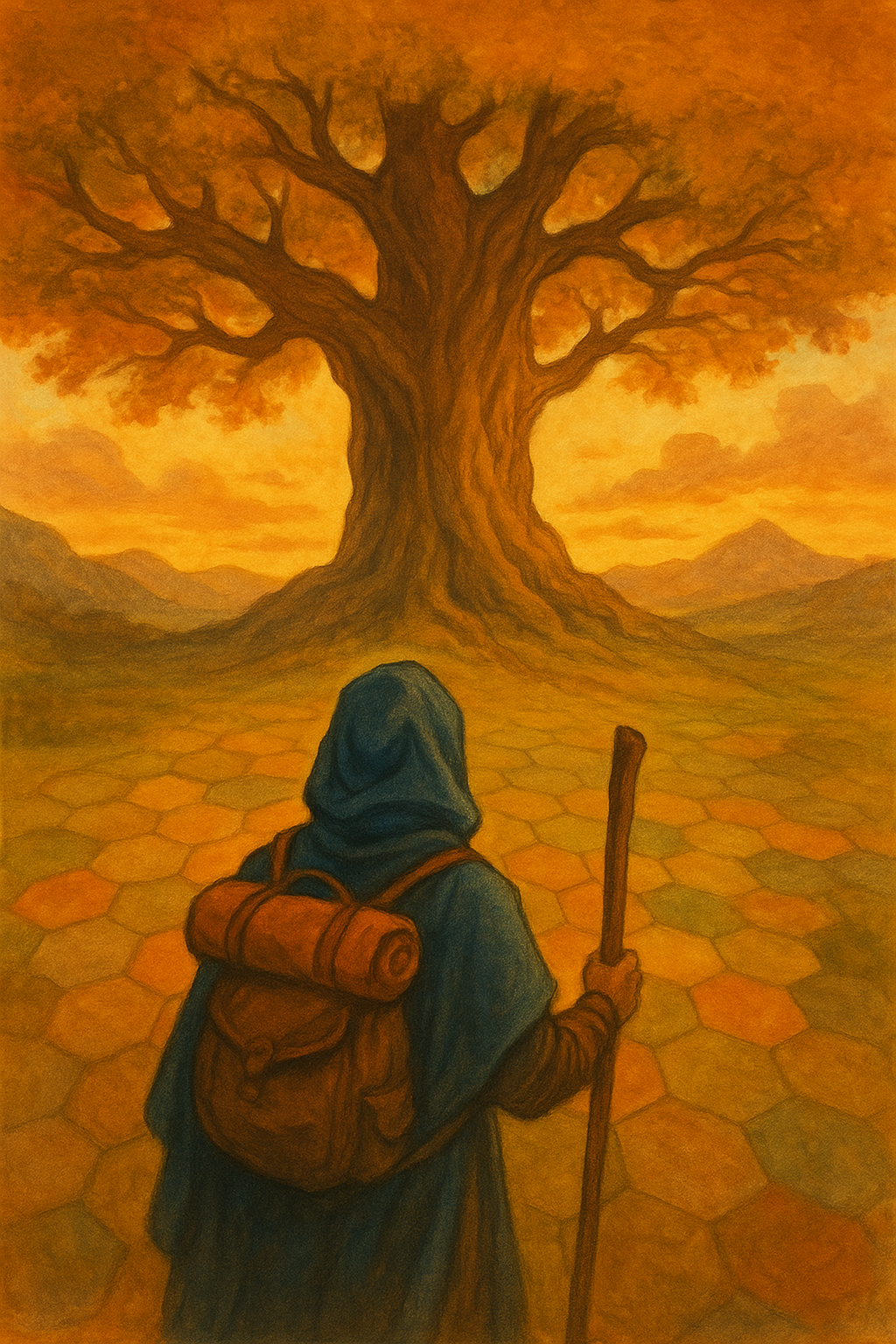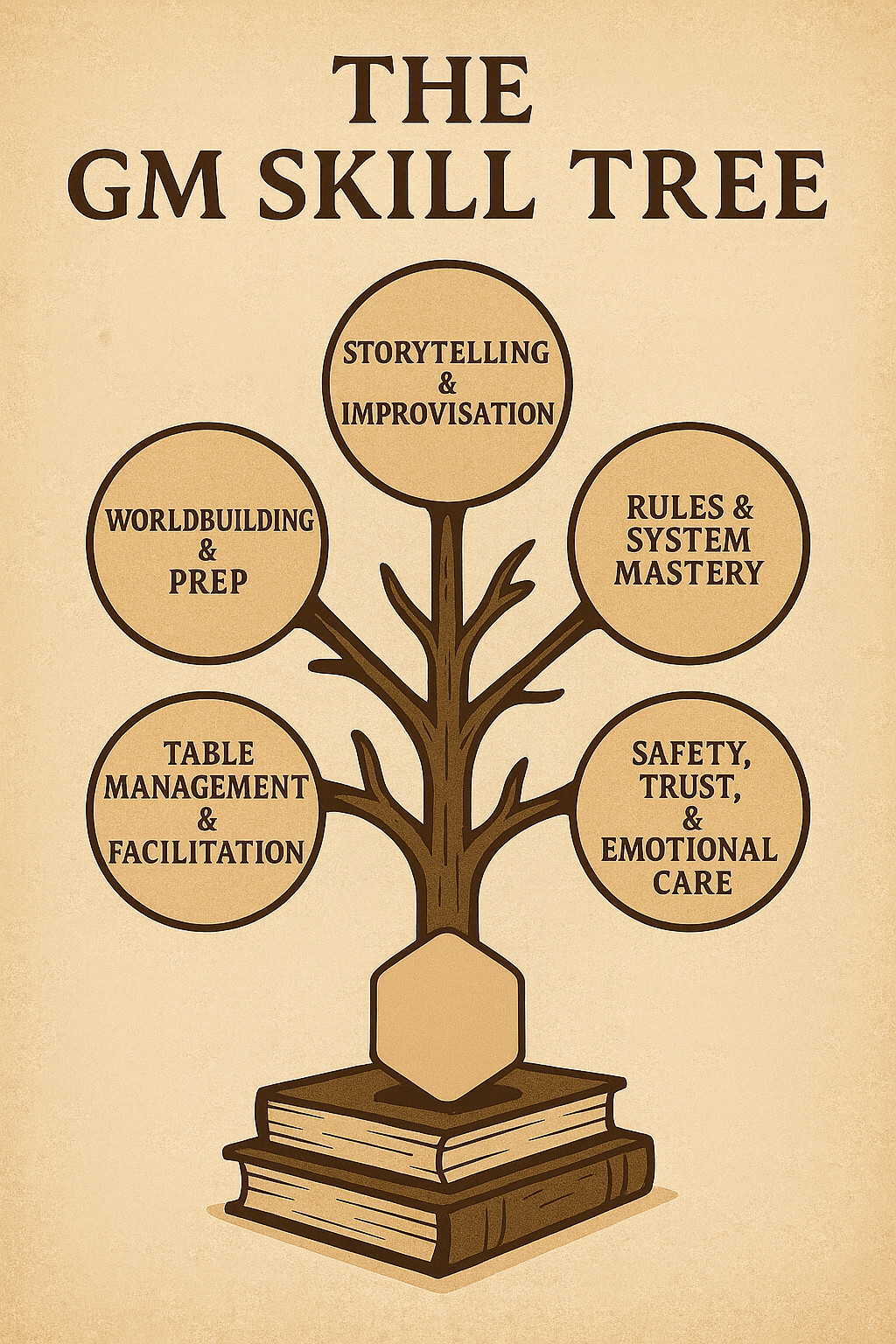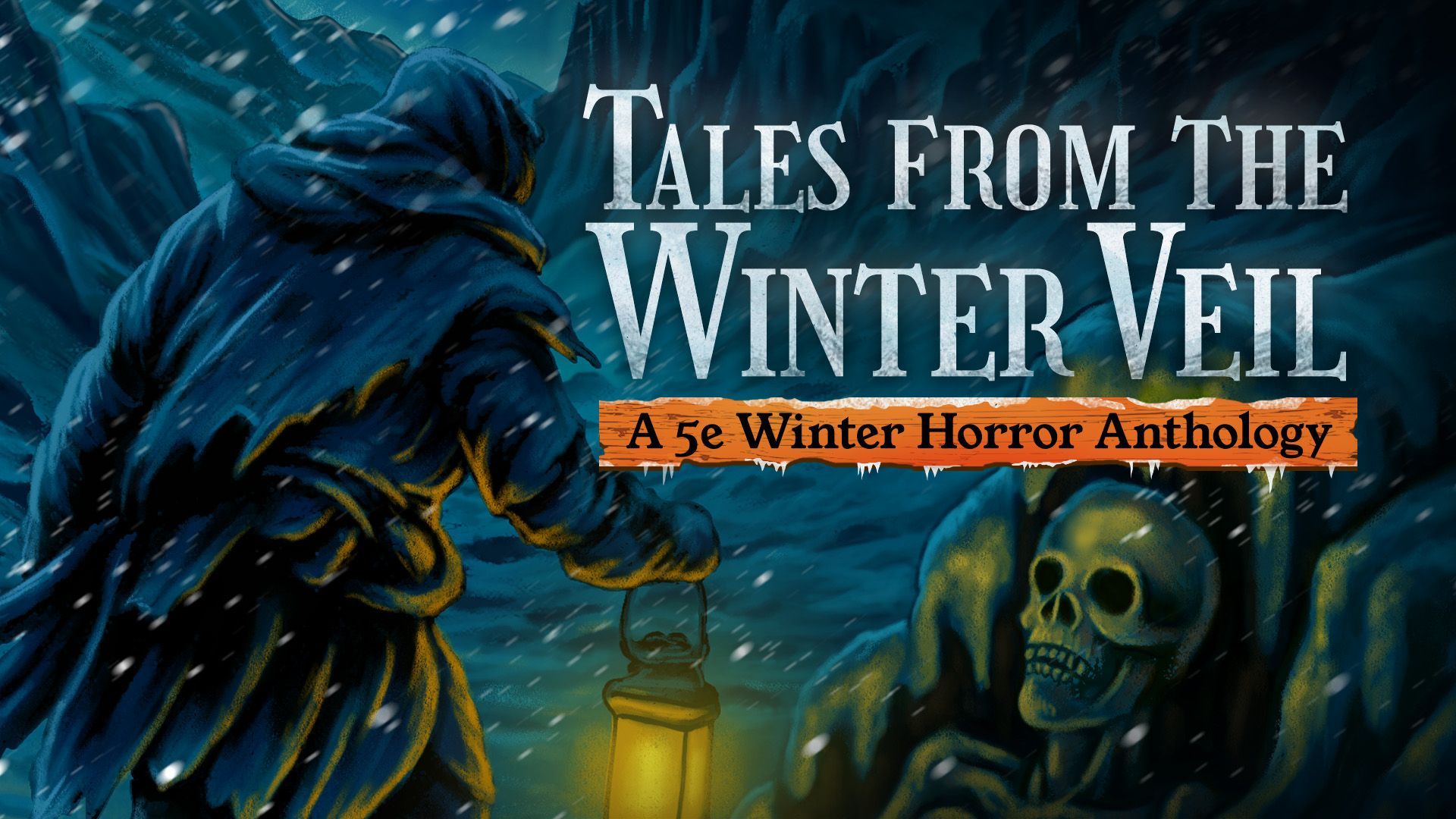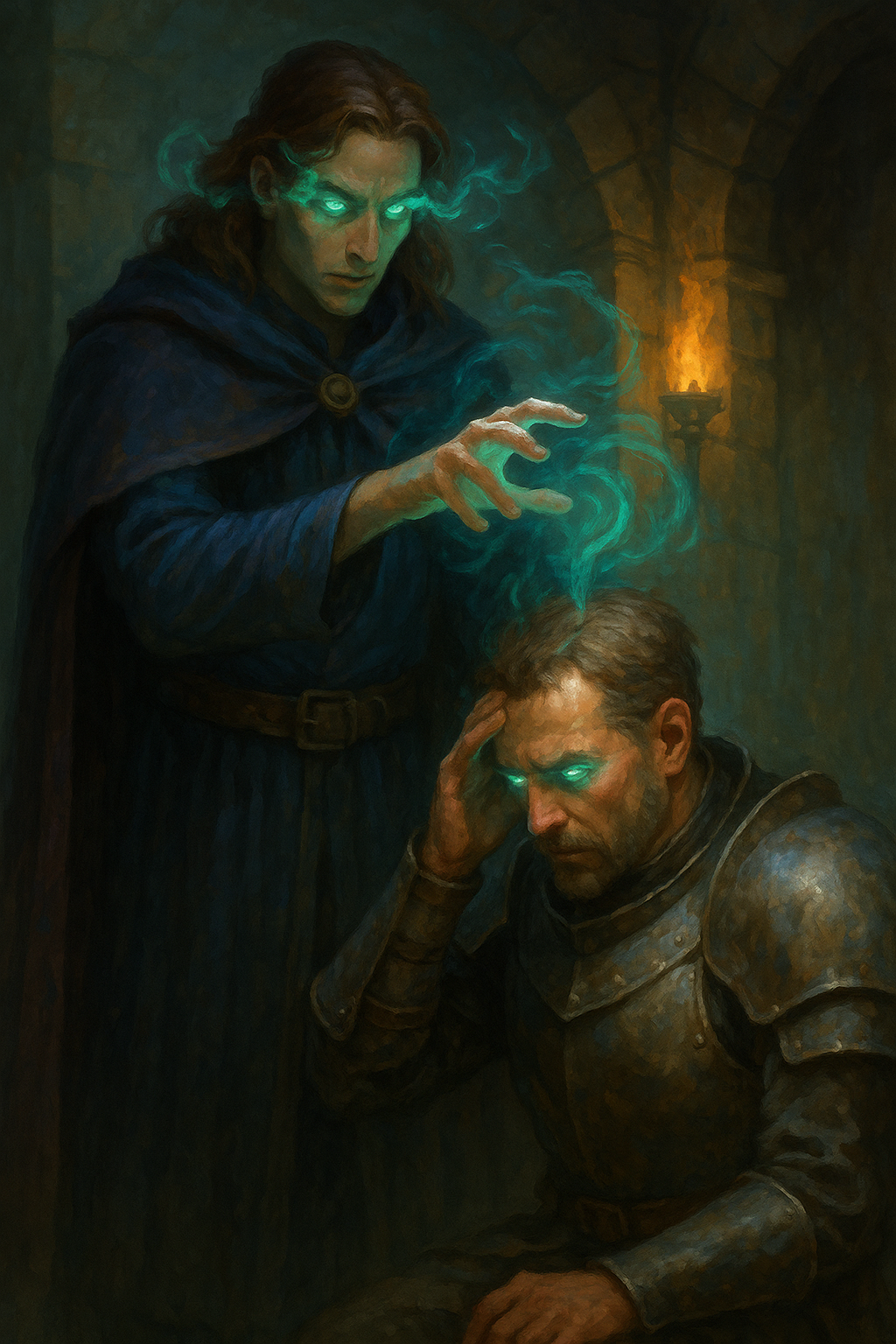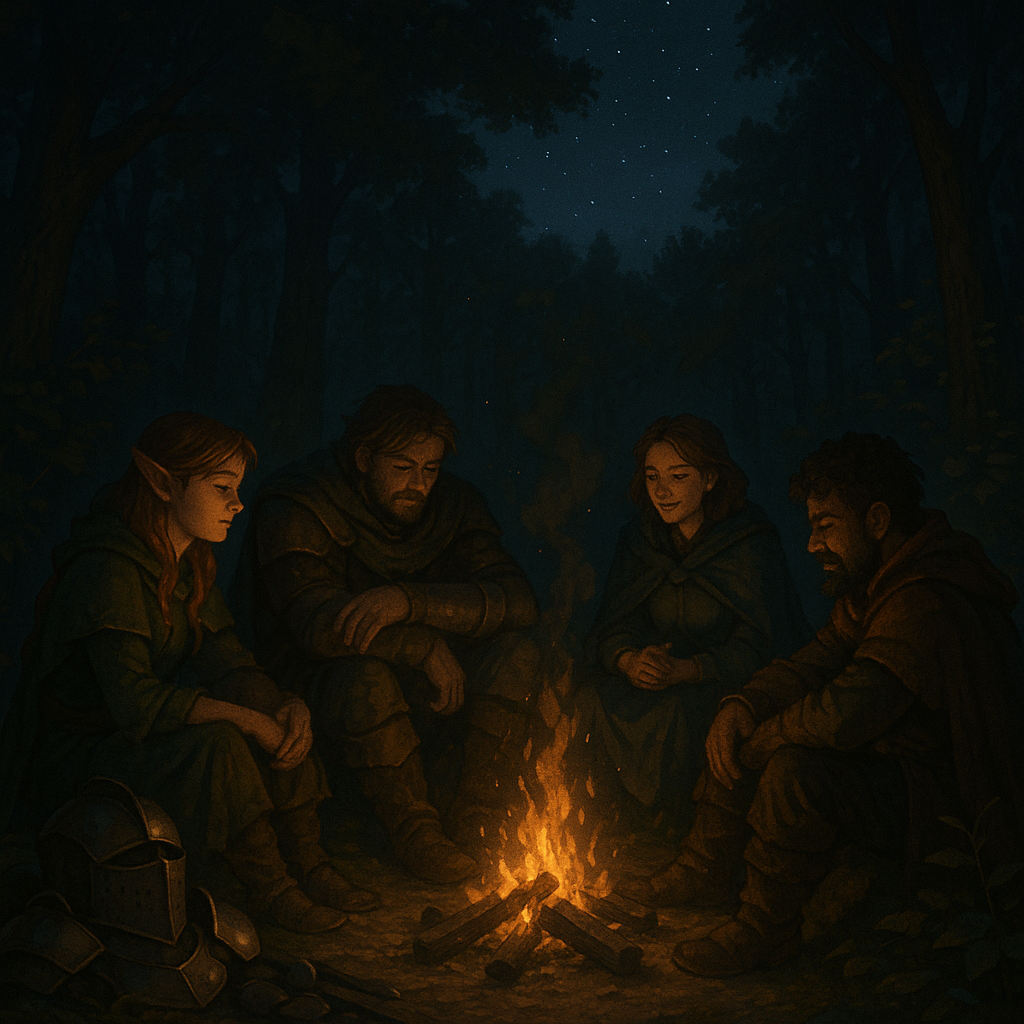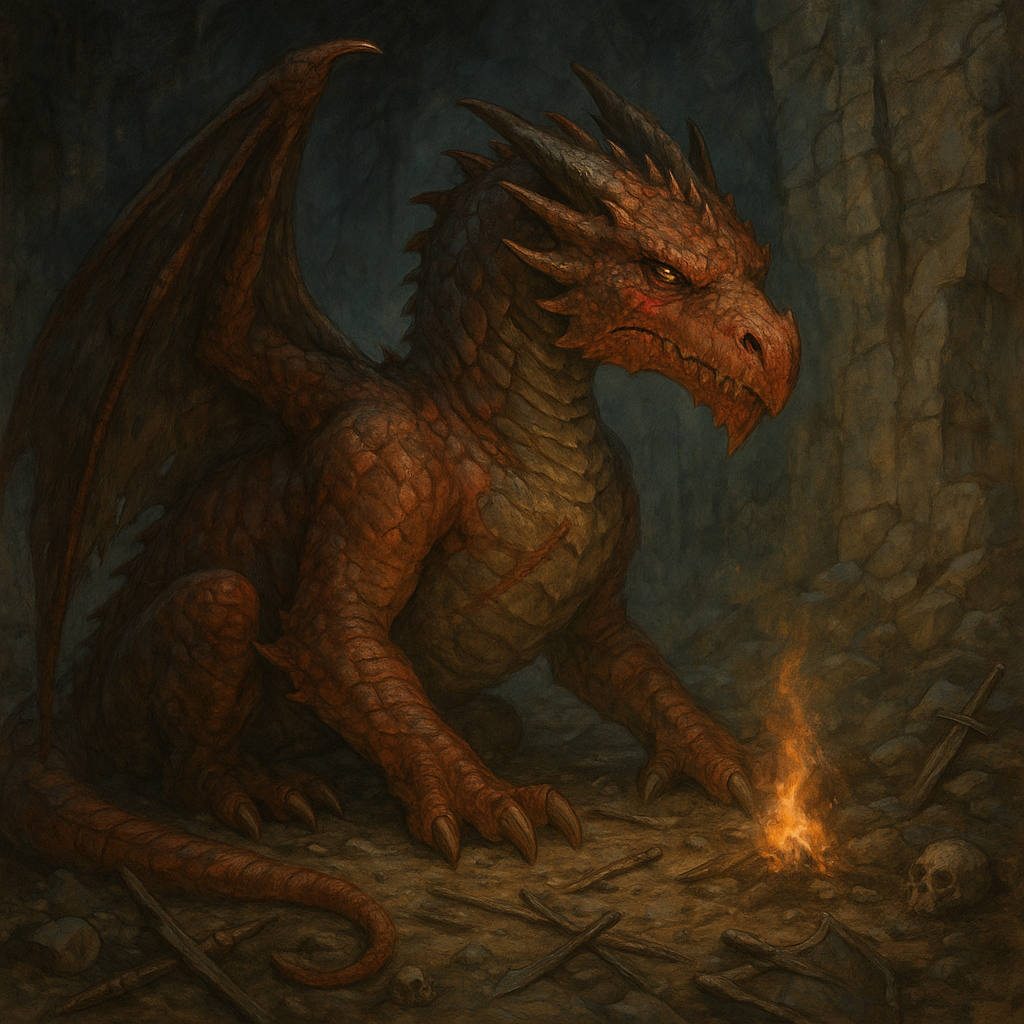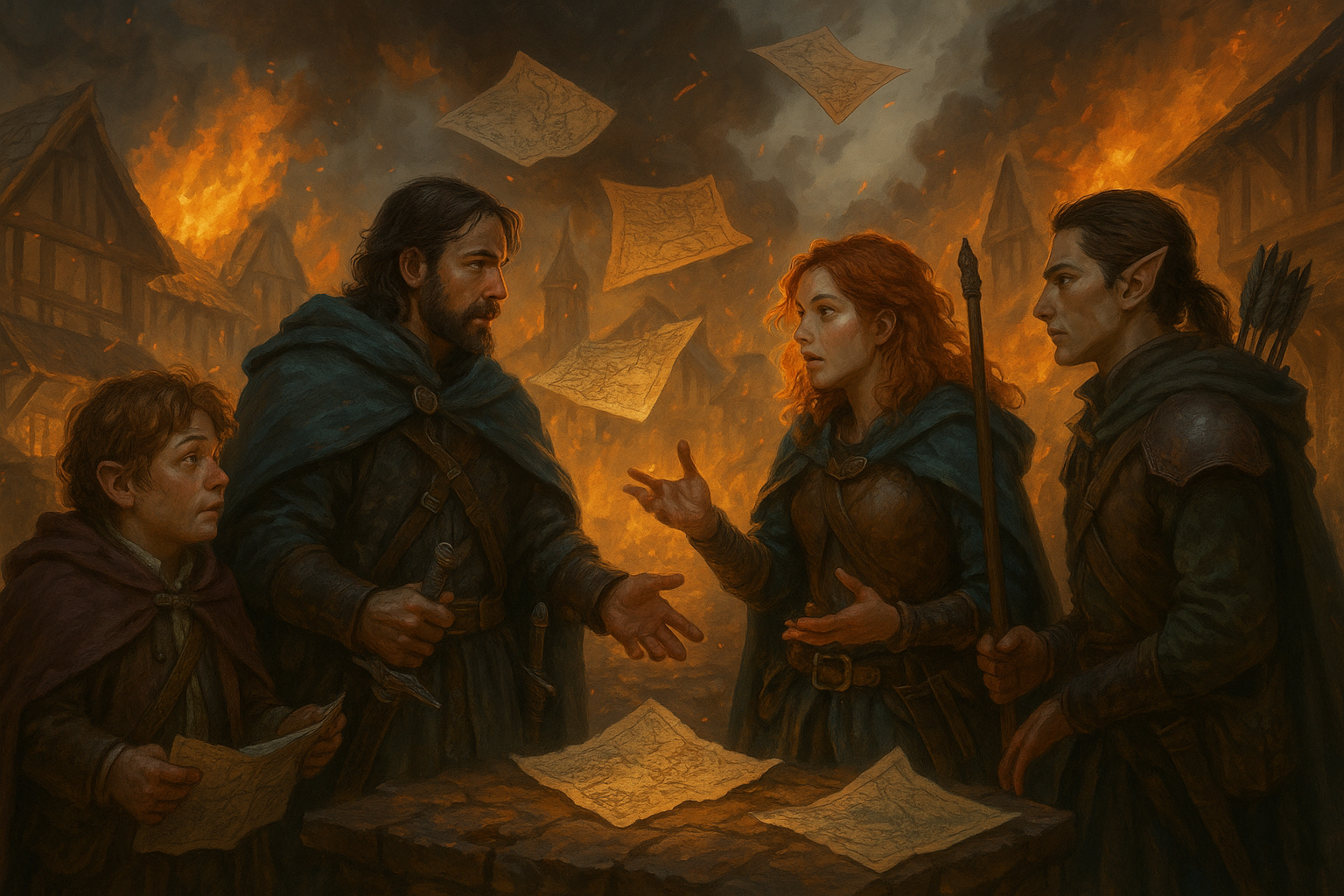Unchained Downtime: Adventures Set Entirely in Characters’ Idle Periods
What do characters do when they aren't saving the world
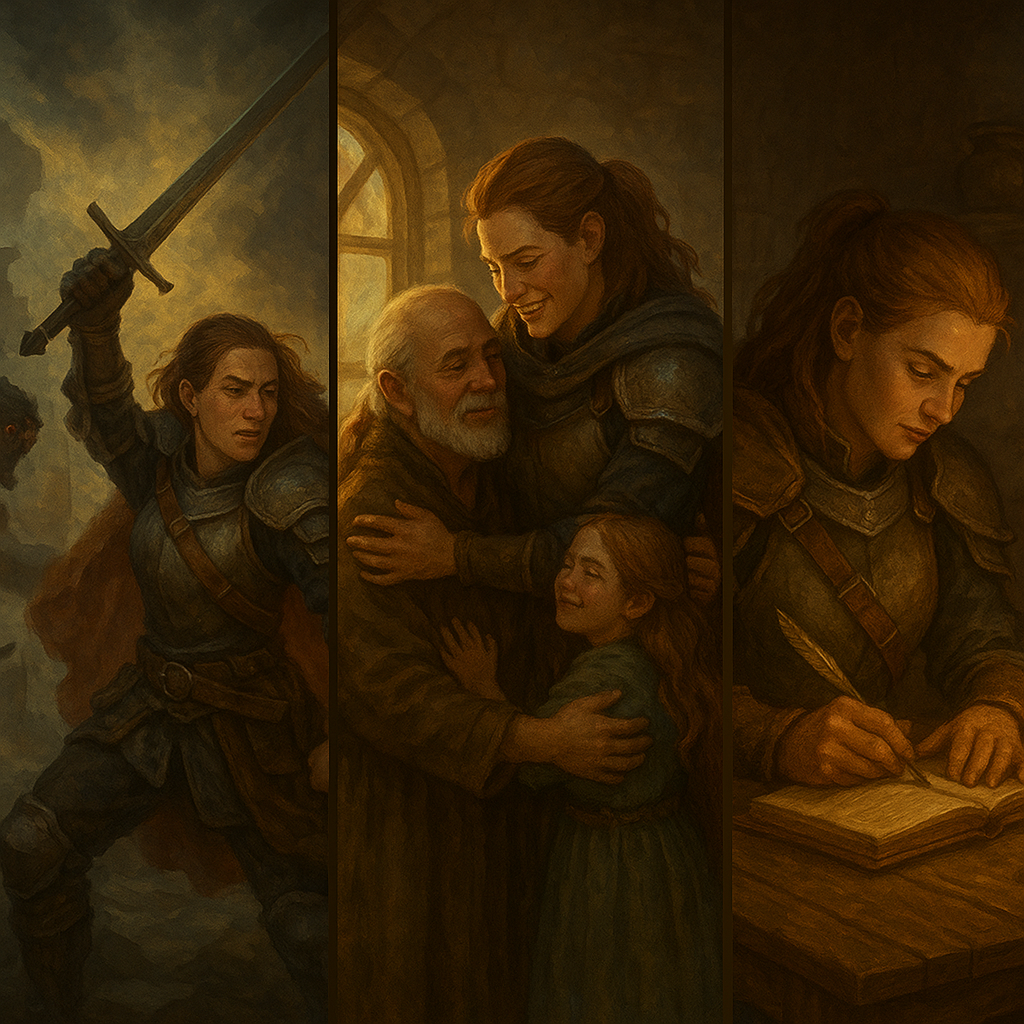
Dear Readers,
Let’s talk about a part of Dungeons & Dragons that often gets brushed aside, glossed over, or fast-forwarded like a montage in a movie: downtime. Those days, weeks, or even months between epic quests, dragon fights, or world-saving rituals. Normally, it's when your characters research spells, carouse at taverns, craft weapons, or run a business. But what if we flipped the script? What if the real adventure happened during that downtime?
Welcome to Unchained Downtime — a deep dive into running full-blown campaigns or side quests entirely within those quiet spaces between the chaos. We’re talking intrigue, horror, romance, mystery, and high-stakes storytelling all within the "boring" bits. Let’s unlock this often-ignored narrative goldmine.
Why Downtime Adventures Matter
Downtime is typically framed as bookkeeping. It's a phase. A formality. But narratively, it's pure potential. Consider:
- Characters are off guard
- Pacing slows down to allow for introspection
- New NPCs emerge outside the usual dungeon-crawl sphere
- Motivations get personal
When adventurers aren’t saving the realm, they’re often exposed, vulnerable, and human. That’s fertile ground for powerful, story-rich gameplay.
"The Madhouse of Tasha’s Kiss": A Downtime Gem
Take the Adventurers League module "The Madhouse of Tasha’s Kiss". This entire horror adventure is framed as what happens while characters are recuperating from a previous mission. They’re in an asylum. The world outside seems far away. Then reality begins to blur. Nightmares creep in. And eventually, they must fight for their sanity against forces they never intended to face.
The key? The players didn’t walk into danger willingly. They were supposed to be safe. That shift – from downtime to danger – amplifies horror tenfold.
What Counts as Downtime?
Let’s define the perimeter. Downtime in D&D can be:
- Recovering from injury
- Crafting, enchanting, or researching
- Establishing strongholds
- Running a business
- Pursuing personal quests
- Traveling between destinations
- Leveling up or studying
- Fulfilling contracts
Within these low-action windows lies a hidden arena for tension, drama, and surprise.
Downtime Adventure Types
1. Psychological Horror
Players expect peace. Use that expectation against them.
Example Concept: A bard retires to a quiet hamlet to finish composing an opera. But townsfolk begin describing events from his unfinished libretto... before he writes them. He begins to forget what he's composed and what he's experienced. Soon, the town stages his final act. Will he survive it?
Twist: The town doesn't exist on any map. Is he dreaming? Dead? Or writing reality into being?
2. Political Intrigue
Idle time invites governance, diplomacy, and corruption.
Example Concept: A paladin returns home to find their noble family embroiled in a bitter inheritance feud. One sibling wants war. Another wants peace. The third? Missing. As emissaries gather and factions maneuver, the players must choose: protect the family legacy or burn it all down.
Hook: The "missing" sibling returns with infernal powers... and a new vision for the realm.
3. Mystery and Whodunit
Perfect for downtime in towns or cities.
Example Concept: While crafting a golem, a wizard’s apprentice is found murdered. Only a few NPCs had access. The players, in town for enchantment research, get involved. Alibis don’t line up. Magic was tampered with. Secrets bubble beneath every interaction.
Structure: Think "Knives Out" meets magical academia.
4. Personal Revelations
Let characters confront their pasts.
Example Concept: During a peaceful break, the rogue receives a letter from an orphanage they barely remember. A "sibling" has died under mysterious circumstances. Upon arrival, the players uncover a twisted magical experiment buried deep beneath the orphanage’s foundations.
Reward: Emotional growth, maybe even new feats or subclass paths based on closure or trauma.
5. Slice-of-Life Chaos
Not every adventure has to be dark. Inject humor, heart, and daily absurdity.
Example Concept: The party is running a tavern for a month. Easy, right? Until a rival pub across the street opens with infernal backing. Suddenly there are contracts, dueling bards, food fights, and sabotage attempts.
Result: A wild, player-driven sandbox where social skills matter more than swordplay.
Downtime Structure: One-Shot, Arc, or Campaign?
How deep you go depends on the table. Some players love intricate politics. Others want lighthearted moments. Here’s a breakdown:
- One-Shot: Quick narrative pops. Use mystery or horror. Great between arcs.
- Mini-Arc (2-5 sessions): Political shifts, family drama, or recovery-based plots. Let characters breathe and grow.
- Full Campaign: Yes, you can set entire campaigns around downtime. The PCs are retired heroes running a city-state. Their battles are in courtrooms, council halls, or haunted dreams.
Mechanics for Downtime Play
Mechanics need to reinforce the narrative. Here’s how:
1. Modified Downtime Activities (Xanathar's Guide to Everything)
- Expand crafting, training, or business into full events
- Add skill challenges or social encounters
2. Faction Clocks (Inspired by Blades in the Dark)
- Use countdowns for rival factions' goals
- Force players to act before threats become irreversible
3. Flashback and Memory Scenes
- Use downtime for solo scenes, flashbacks, or visions
- These enrich character arcs without disrupting group cohesion
4. Dreamscapes and Mental Realms
- Perfect for horror, trauma, or psychic plotlines
- Create surreal dungeons within minds
5. NPC Journals and Timers
- While players rest, the world moves. Log NPC actions.
- When players return to a main quest, the landscape has changed
Tips for DMs: Making Downtime Shine
- Make It Player-Centric: Tie every plot thread to a player’s backstory or goals.
- Escalate Slowly: Begin mundane. Let tension creep in. Don’t start with a bang – build it.
- Use Consequences: Let downtime decisions ripple forward. That business they opened? It’s now being used for smuggling.
- Invent New NPCs: These aren’t your quest-givers or dungeon bosses. They’re neighbors, rivals, lovers, or apprentices. Give them mundane goals and hidden depths.
- Reward Engagement: Not just XP or loot. Offer titles, favors, political capital, or magic items rooted in the downtime plot.
Sample Downtime Modules & Adventures
Here are a few published and homebrew-friendly resources:
The Madhouse of Tasha’s Kiss (AL Module)
- Horror during recovery
- Dreamlike visuals, memory loss, unreliable NPCs
The Wild Sheep Chase (by Richard Jansen-Parkes)
- Great for inserting into downtime
- Players stumble on a bizarre wizardly betrayal involving a polymorphed sheep
Waterdeep: Dragon Heist (Chapter 2)
- Players run a tavern
- Events in Trollskull Alley can be expanded into full downtime arcs
Strongholds & Followers (Matt Colville)
- Build, defend, and grow strongholds
- Downtime becomes strategic and political
The Secrets of Skyhorn Lighthouse (by Kelsey Dionne)
- Begins while PCs are traveling, fits downtime perfectly
Homebrew Idea: The Ember Wedding
- Players are invited to a high-society wedding in a neutral city
- One NPC is cursed. Another plans an assassination. A third holds a powerful secret.
- Can the players untangle the intrigue without violence?
Sample Plot Hooks for Downtime Arcs
- "Letters Never Sent": A courier service is losing letters. Players track down the missing post only to discover a secret admirer’s correspondence unraveling a royal scandal.
- "The Harvest Pact": A rural town struck a deal with an archfey. Now the crops are too bountiful... and the children are changing.
- "Under New Ownership": An NPC opens a curio shop that never seems to close. Inside? Every item relates to a character's past, and none are priced in gold.
- "The Ghost in the Well": Children in the village whisper to the well. When it answers back, the nightmares begin.
- "Retirement Home for Adventurers": A player’s old mentor now resides in a bizarre retirement home where residents are vanishing. No one remembers them.
Downtime Arcs Create Richer Characters
We often define heroes by the monsters they slay. But what about the people they save? The homes they build? The lovers they lose? Downtime adventures ask the question: who are you when you’re not saving the world?
Giving players this breathing room deepens investment. It turns campaigns into sagas, not just sequences of fights.
Final Thoughts
Downtime shouldn’t be filler. It should be a feature. Whether you run a psychological thriller, a tavern management comedy, or an intimate drama about family and legacy, there's no limit to the narratives you can weave into these quiet spaces.
So the next time your party says, "We rest for a few weeks," smile.
Because that’s when the real story begins.
Until next time, Dear Readers...















